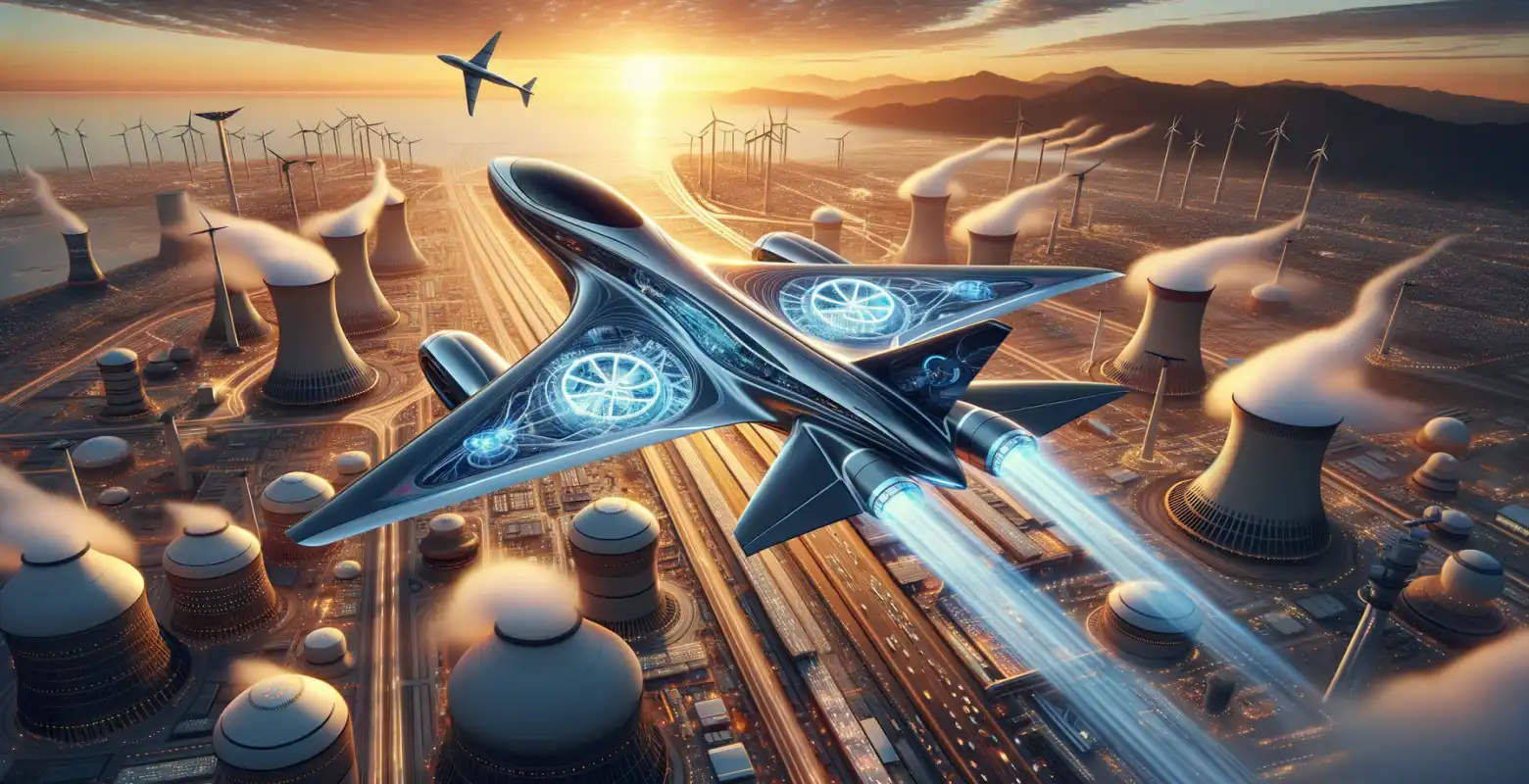The latest drive technologies in future aviation
Introduction
Aviation has always been a symbol of innovation and technological progress. As the world becomes increasingly aware of the impact of human activity on the environment, there is a growing demand for more environmentally friendly and efficient propulsion technologies. The latest propulsion technologies in future aviation not only promise to revolutionize the way we travel, but also contribute to reducing greenhouse gas emissions and fossil fuel consumption. In this article, we will look at what innovations are currently at the center of attention in the aviation industry, why they are important, and what consequences they may have for the future of aviation.
Electrification of Aviation
Electrification is one of the most important trends in aviation propulsion technology. Electric aircraft can offer a significantly lower environmental impact due to the reduction of CO2 emissions. In recent years, we have seen a growing interest in electric aircraft that can be used for short-haul flights. An example is the Eviation Alice project, which is a fully electric passenger aircraft. These aircraft use batteries to power electric motors, allowing for quiet and clean flights.
One of the challenges associated with the electrification of aviation is the limited battery capacity. Current battery technologies do not allow for long-haul flights, but intensive work is being done to develop more efficient batteries with greater capacity.
Hybrid Propulsion
Hybrid technology combines traditional internal combustion engines with electric drive, allowing for greater flexibility and efficiency. Hybrid aircraft can use electric motors during takeoff and landing, reducing noise and fuel consumption during the most intense phases of flight. During flight at higher altitudes, when the efficiency of internal combustion engines is higher, the aircraft can switch to this type of propulsion.
Airbus and other companies are working on projects of hybrid aircraft that may become a standard in commercial aviation in the future. The introduction of hybrid propulsion can contribute significantly to reducing emissions and operational costs.
Hydrogen Propulsion
Hydrogen is considered one of the most promising fuels of the future. Its combustion generates only water as a byproduct, making it an extremely environmentally friendly solution. Aircraft powered by hydrogen can use turbine engines or modern fuel cells. ZeroAvia is already testing prototypes of hydrogen-powered aircraft that may become widespread in the next few decades.
However, hydrogen technology faces certain challenges, such as complex infrastructure for hydrogen production and distribution, as well as the need to store it at low temperatures. Despite these difficulties, the potential of hydrogen as an aviation fuel is enormous, and its development can significantly contribute to the decarbonization of the aviation sector.
Open Rotor Engines
Open rotor engines, also known as open rotor engines, are an innovative approach to designing aircraft propulsion. They use open rotors instead of traditional closed turbofan engines, allowing for a significant increase in fuel efficiency. This allows aircraft to fly farther while consuming less fuel, resulting in cost and emission reductions.
One example of the development of this technology is Rolls-Royce's UltraFan project, which promises to increase fuel efficiency by up to 25% compared to current engines. The introduction of this technology for commercial use can revolutionize aviation, offering more sustainable options for air travel.
Autonomous Aircraft
While autonomous aircraft may seem more related to control technology than propulsion itself, they have tremendous potential in terms of operational efficiency and fuel consumption reduction. With advanced artificial intelligence systems, autonomous aircraft can optimize flight routes, avoid unnecessary maneuvers, and minimize time spent in the air, leading to fuel savings.
Companies like Boeing are working on autonomous aviation technology that can revolutionize the way we think about air travel. Autonomous systems can also reduce the risk of human error, which is crucial for flight safety.
Summary
The latest propulsion technologies in future aviation offer many promising solutions that can contribute to creating a more sustainable and efficient aviation sector. Electrification, hybrid propulsion, hydrogen, open rotor engines, and autonomous systems are just some of the innovations that can revolutionize the way we travel. Each of these technologies has its challenges, but also tremendous potential to make aviation more environmentally friendly and economically viable. By continuing to invest in and develop in these areas, we can expect that the future of aviation will not only be more sustainable but also more accessible and safe for everyone.






Number of comments: 0